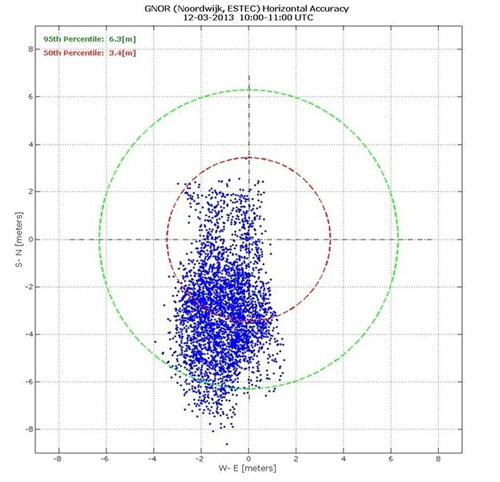 Europe's new age of satellite navigation has passed a historic milestone - the very first determination of a ground location using the four Galileo satellites currently in orbit together with their ground facilities.
Europe's new age of satellite navigation has passed a historic milestone - the very first determination of a ground location using the four Galileo satellites currently in orbit together with their ground facilities.
Mar 12th, 2013
Read more
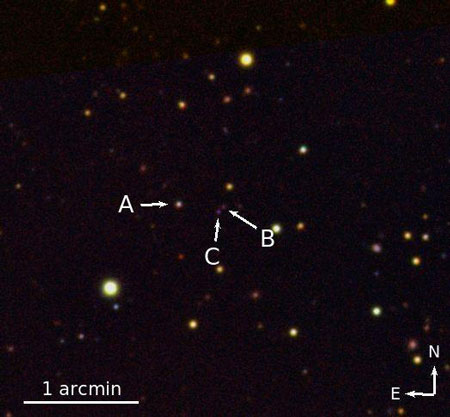 For only the second time in history, a team of scientists--including Carnegie's Michele Fumagalli--have discovered an extremely rare triple quasar system.
For only the second time in history, a team of scientists--including Carnegie's Michele Fumagalli--have discovered an extremely rare triple quasar system.
Mar 12th, 2013
Read more
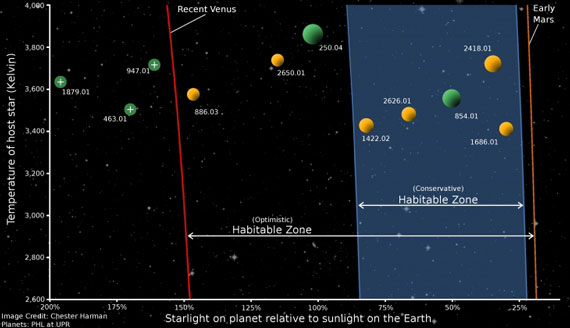 The number of potentially habitable planets is greater than previously thought, according to a new analysis by a Penn State researcher, and some of those planets are likely lurking around nearby stars.
The number of potentially habitable planets is greater than previously thought, according to a new analysis by a Penn State researcher, and some of those planets are likely lurking around nearby stars.
Mar 12th, 2013
Read more
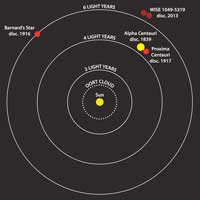 A pair of newly discovered stars is the third-closest star system to the Sun. The duo is the closest star system discovered since 1916.
A pair of newly discovered stars is the third-closest star system to the Sun. The duo is the closest star system discovered since 1916.
Mar 11th, 2013
Read more
Researchers have conducted a remote reconnaissance of a distant solar system with a new telescope imaging system that sifts through the blinding light of stars. Using a suite of high-tech instrumentation and software called Project 1640, the scientists collected the first chemical fingerprints, or spectra, of this system's four red exoplanets, which orbit a star 128 light years away from Earth.
Mar 11th, 2013
Read more
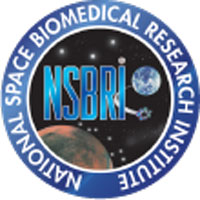 The application period for the National Space Biomedical Research Institute's (NSBRI) Postdoctoral Fellowship Program is now open. The two-year fellowships are available in any U.S. laboratory carrying out space-related biomedical or biotechnological research.
The application period for the National Space Biomedical Research Institute's (NSBRI) Postdoctoral Fellowship Program is now open. The two-year fellowships are available in any U.S. laboratory carrying out space-related biomedical or biotechnological research.
Mar 8th, 2013
Read more
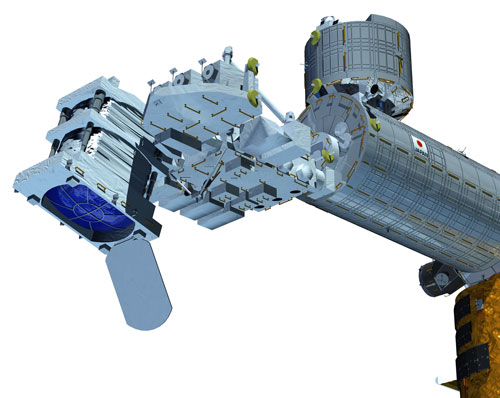 The National Aeronautics and Space Administration has awarded $4.4 million to a collaboration of scientists at five US universities and NASA's Marshall Space Flight Center to help build a telescope for deployment on the International Space Station in 2017.
The National Aeronautics and Space Administration has awarded $4.4 million to a collaboration of scientists at five US universities and NASA's Marshall Space Flight Center to help build a telescope for deployment on the International Space Station in 2017.
Mar 8th, 2013
Read more
China has initiated to launch a satellite for quantum information and technology experiments in 2016, a leading quantum physicist said.
Mar 8th, 2013
Read more
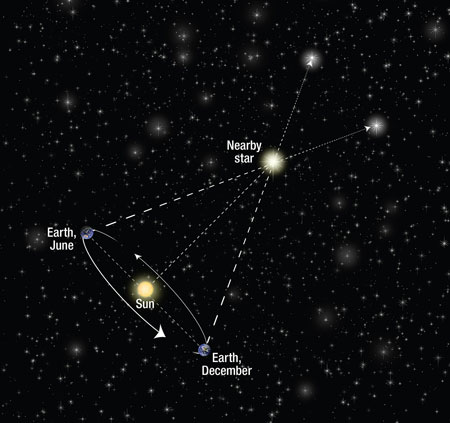 A team of astronomers using NASA's Hubble Space Telescope has taken an important step closer to finding the birth certificate of a star that's been around for a very long time.
A team of astronomers using NASA's Hubble Space Telescope has taken an important step closer to finding the birth certificate of a star that's been around for a very long time.
Mar 7th, 2013
Read more
NASA and Lockheed Martin Corp. of Bethesda, Md., will involve students in the flight test of NASA's Orion spacecraft through an Exploration Design Challenge to be unveiled in Houston on Monday, March 11.
Mar 7th, 2013
Read more
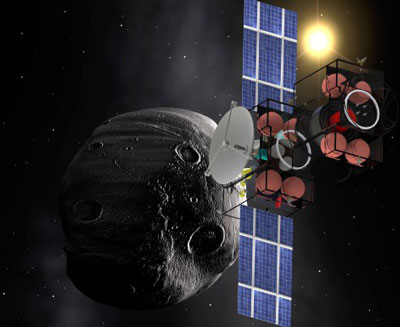 Iowa State's Bong Wie is leading a team that's developing a system to protect the planet from asteroids. The work has attracted $600,000 in NASA support.
Iowa State's Bong Wie is leading a team that's developing a system to protect the planet from asteroids. The work has attracted $600,000 in NASA support.
Mar 7th, 2013
Read more
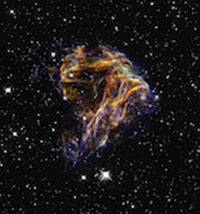 A team of astronomers have managed to improve the measurement of the distance to our nearest neighbor galaxy and, in the process, refine an astronomical calculation that helps measure the expansion of the universe.
A team of astronomers have managed to improve the measurement of the distance to our nearest neighbor galaxy and, in the process, refine an astronomical calculation that helps measure the expansion of the universe.
Mar 6th, 2013
Read more
Research by scientists at the University of York has revealed new insights into the life and death of black holes.
Mar 6th, 2013
Read more
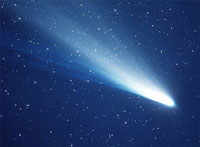 I's among the most ancient of questions: What are the origins of life on Earth? A new experiment simulating conditions in deep space reveals that the complex building blocks of life could have been created on icy interplanetary dust and then carried to Earth, jump-starting life.
I's among the most ancient of questions: What are the origins of life on Earth? A new experiment simulating conditions in deep space reveals that the complex building blocks of life could have been created on icy interplanetary dust and then carried to Earth, jump-starting life.
Mar 5th, 2013
Read more
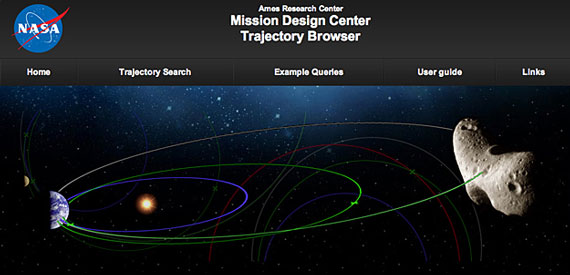 A small group of engineers at NASA's Ames Research Center, Moffett Field, Calif., have launched a new web-based tool for scientists and engineers to use when designing spacecraft trajectories to interplanetary destinations.
A small group of engineers at NASA's Ames Research Center, Moffett Field, Calif., have launched a new web-based tool for scientists and engineers to use when designing spacecraft trajectories to interplanetary destinations.
Mar 5th, 2013
Read more
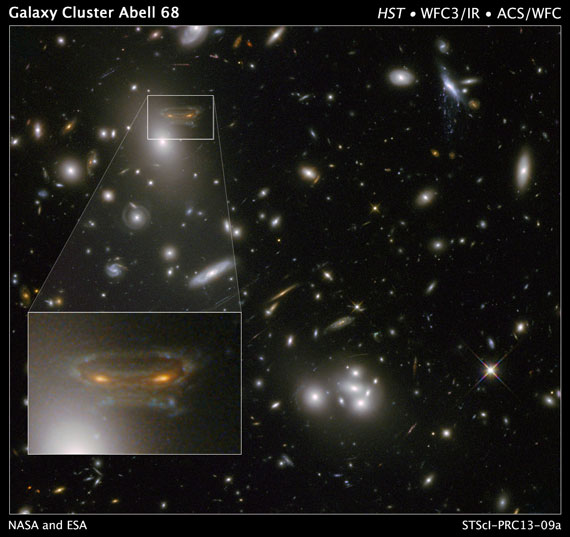 The NASA/ESA Hubble Space Telescope is one of the most powerful available to astronomers, but sometimes it too needs a helping hand. This comes in the form of Einstein's general theory of relativity, which makes galaxy clusters act as natural lenses, amplifying the light coming from very distant galaxies.
The NASA/ESA Hubble Space Telescope is one of the most powerful available to astronomers, but sometimes it too needs a helping hand. This comes in the form of Einstein's general theory of relativity, which makes galaxy clusters act as natural lenses, amplifying the light coming from very distant galaxies.
Mar 5th, 2013
Read more
Flexure Engineering has invited specialists from around the world in fields of cold temperature electronics, DeepCrypo Engineering, Lunar science, and space entrepreneurship to take part in the Third Annual International Lunar Superconductor Applications Workshop.
Mar 5th, 2013
Read more
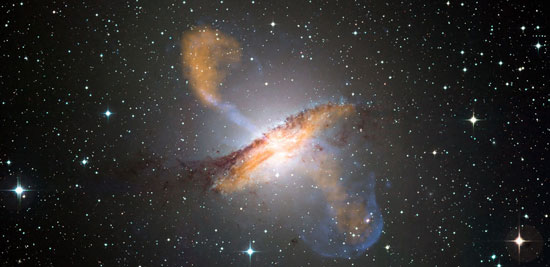 Astronomers have measured the spin of a black hole buried in the heart of a galaxy located 56 million light years away, and discovered it was spinning quickly - about as quickly as it could go.
Astronomers have measured the spin of a black hole buried in the heart of a galaxy located 56 million light years away, and discovered it was spinning quickly - about as quickly as it could go.
Mar 4th, 2013
Read more
 Europe's new age of satellite navigation has passed a historic milestone - the very first determination of a ground location using the four Galileo satellites currently in orbit together with their ground facilities.
Europe's new age of satellite navigation has passed a historic milestone - the very first determination of a ground location using the four Galileo satellites currently in orbit together with their ground facilities. 
 Subscribe to our Space Exploration News feed
Subscribe to our Space Exploration News feed










